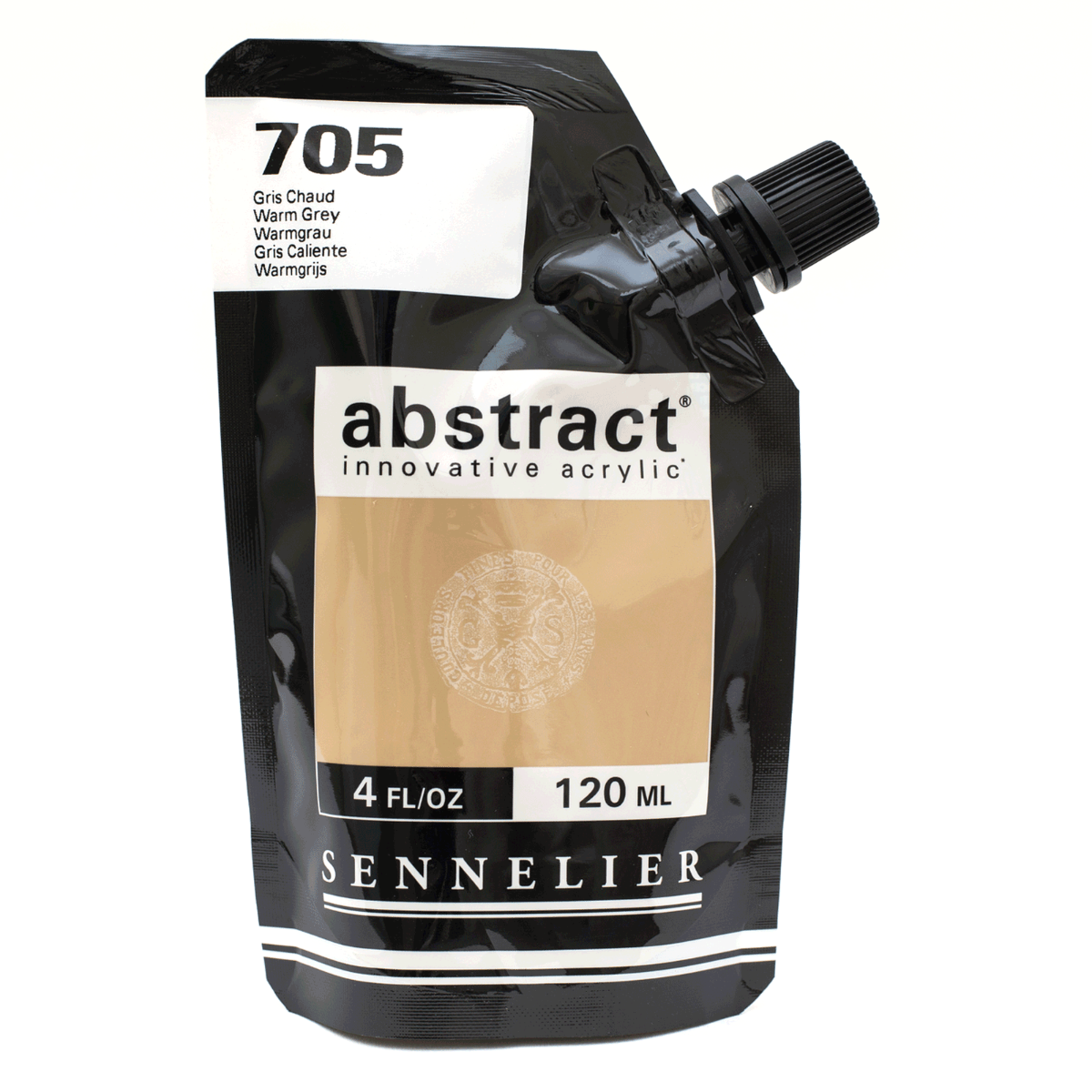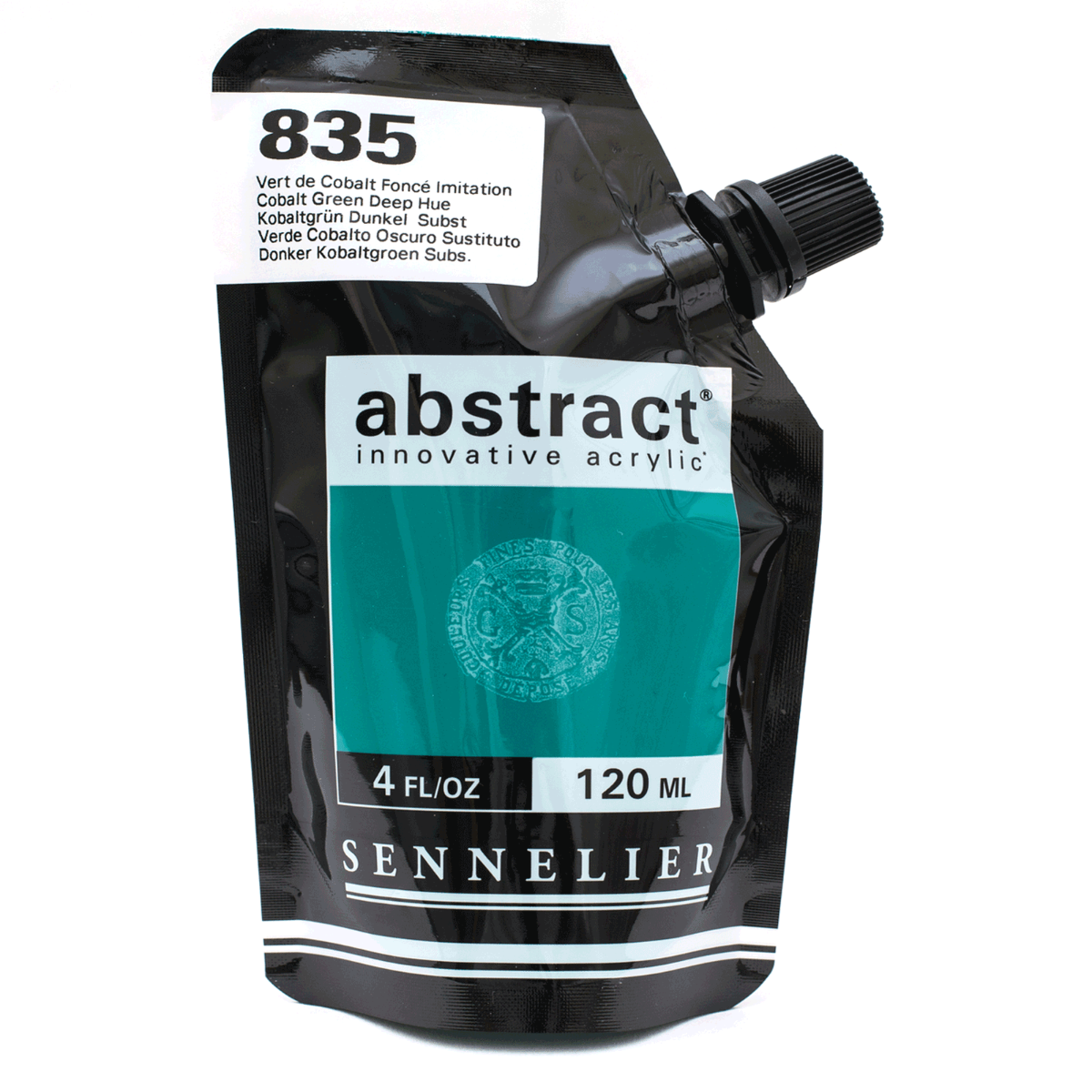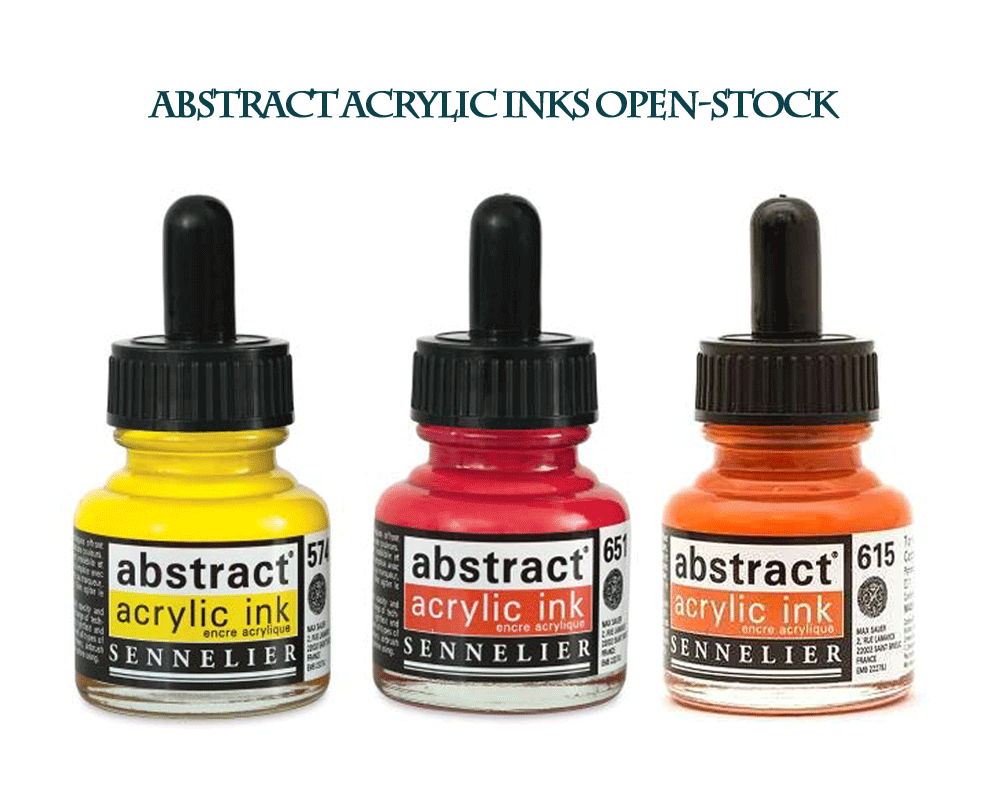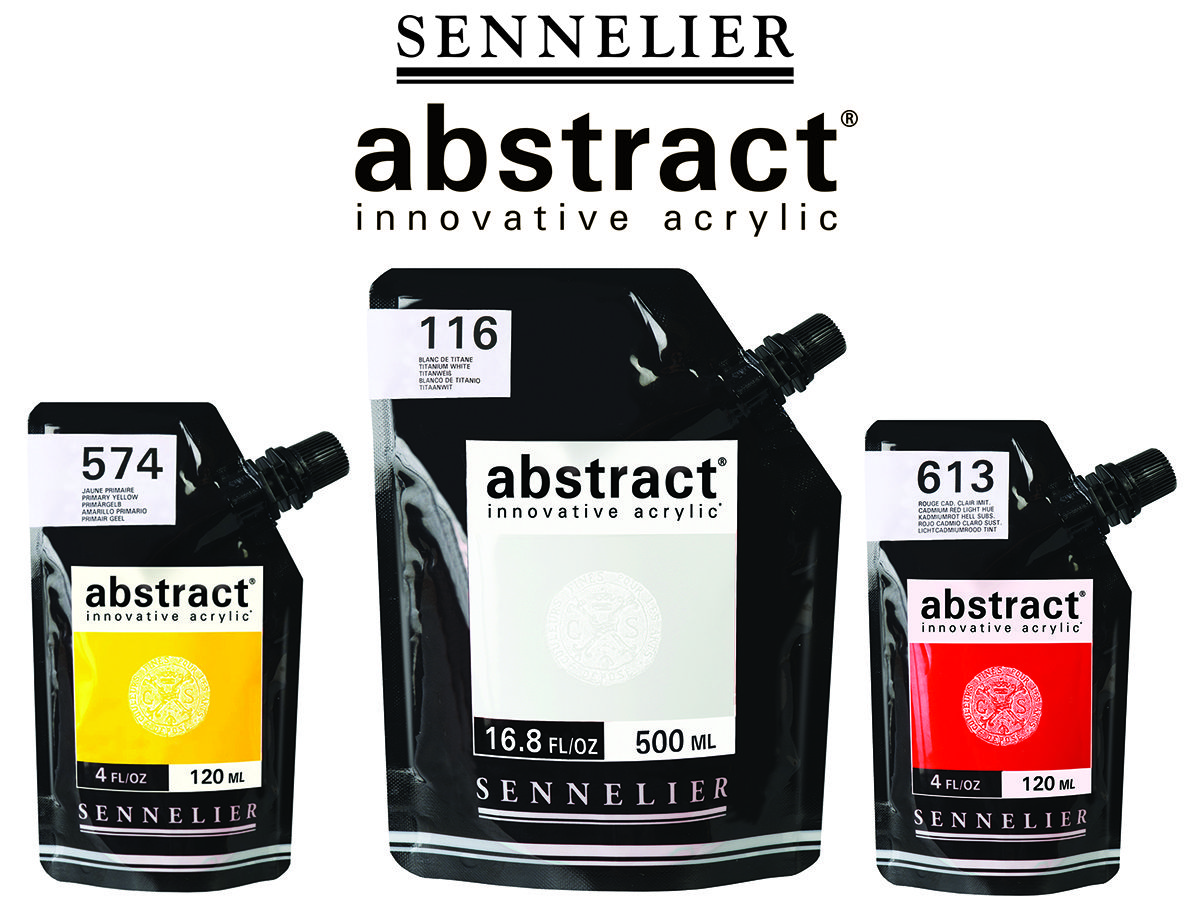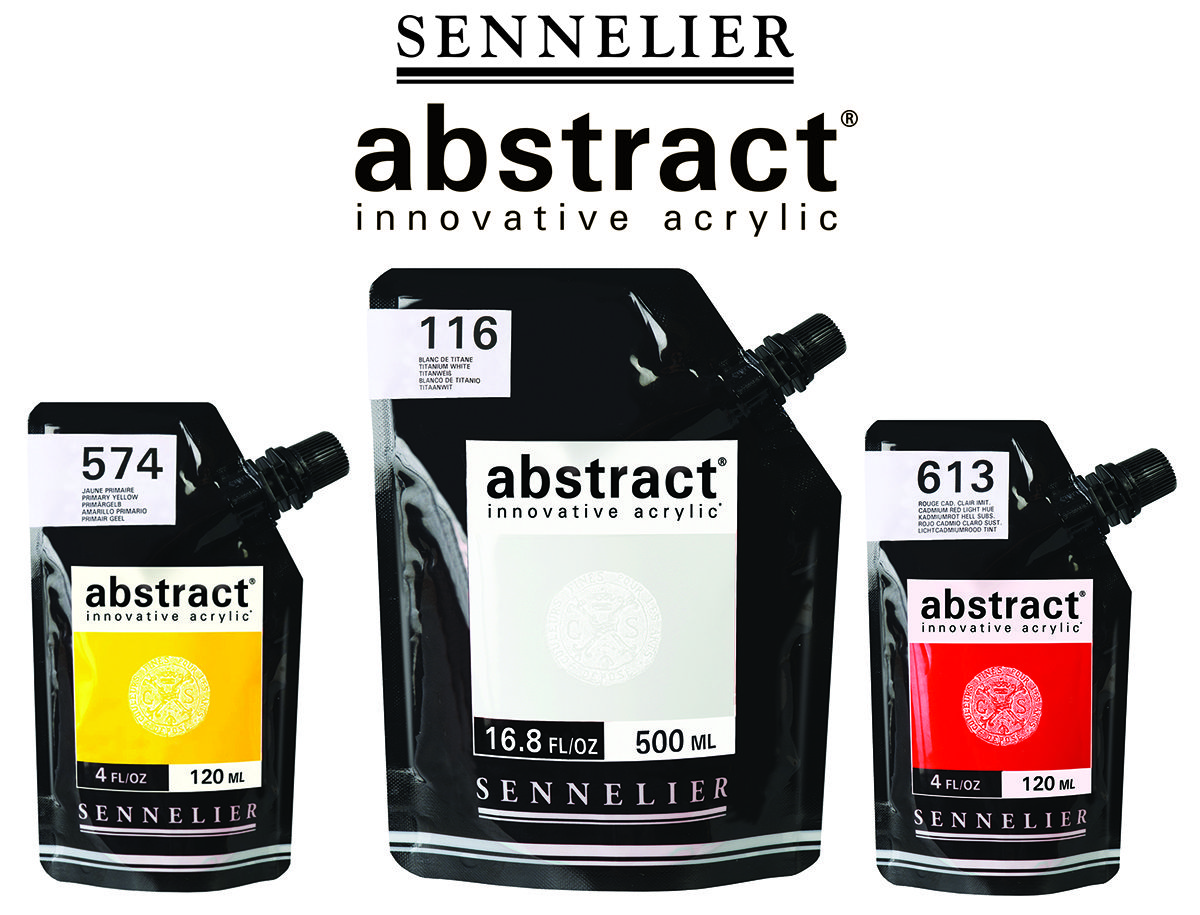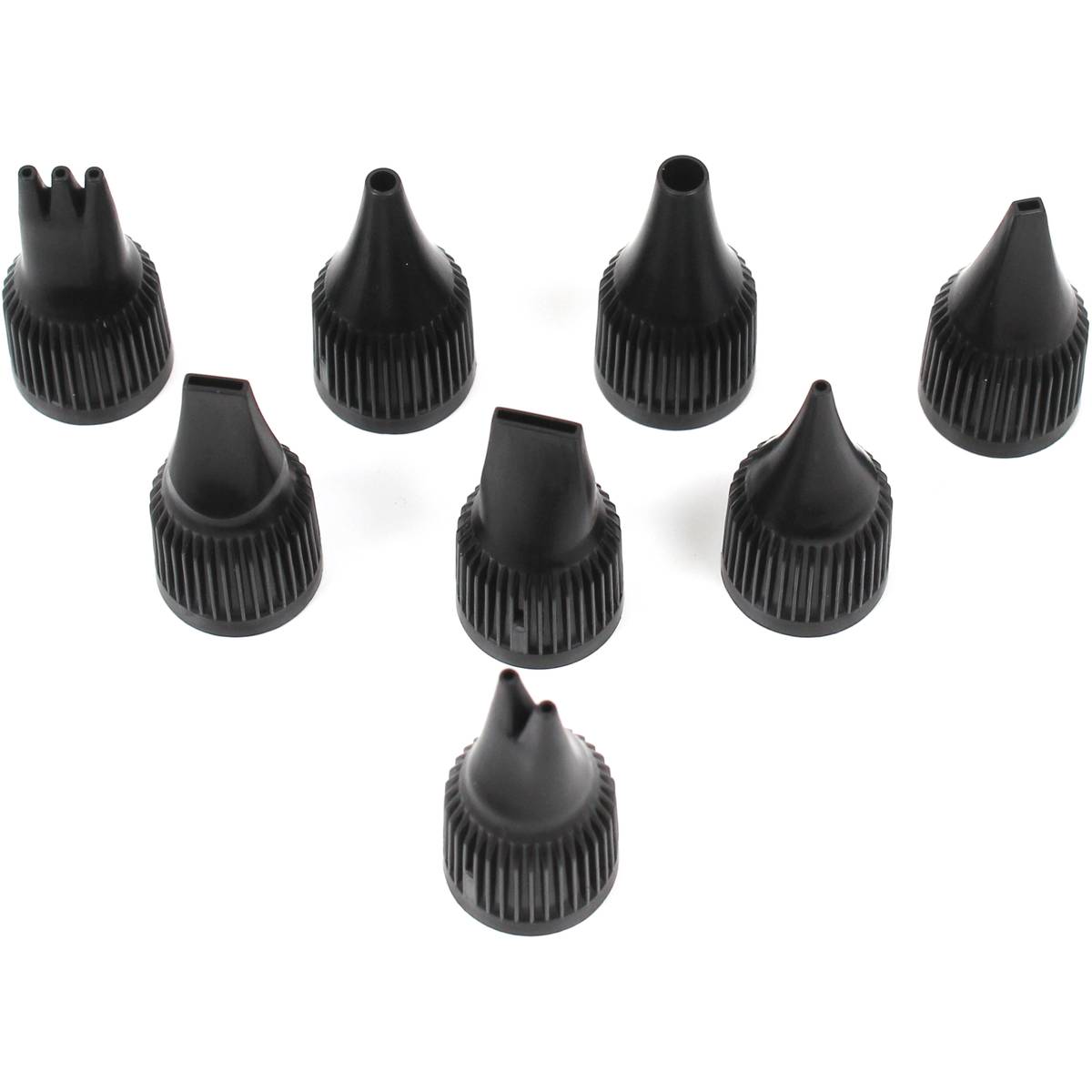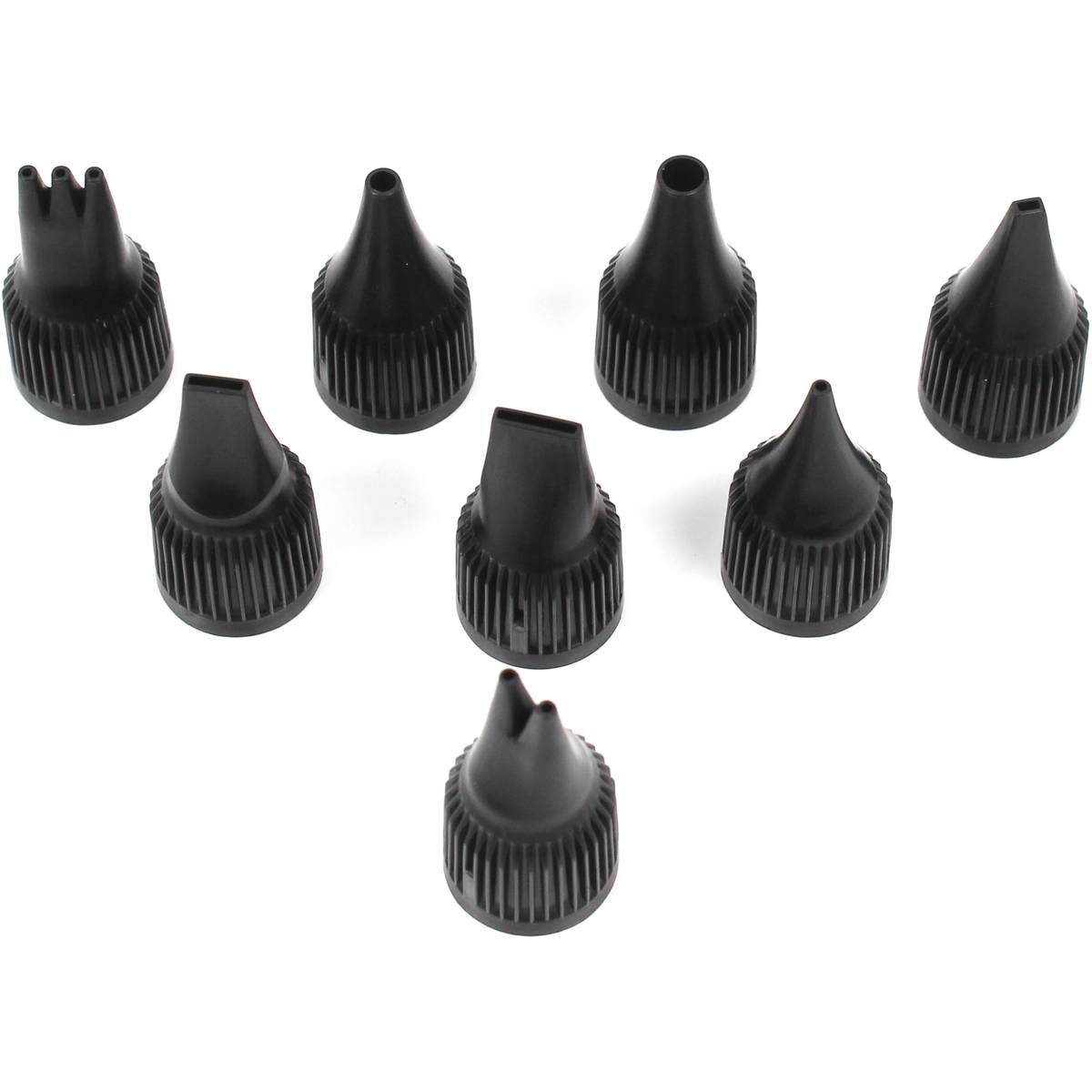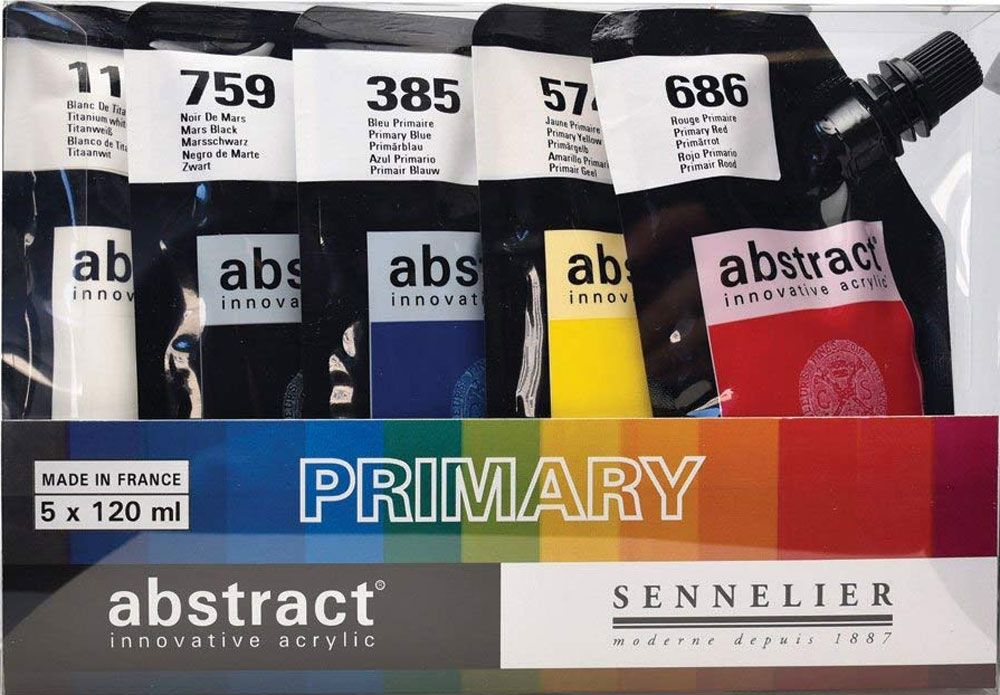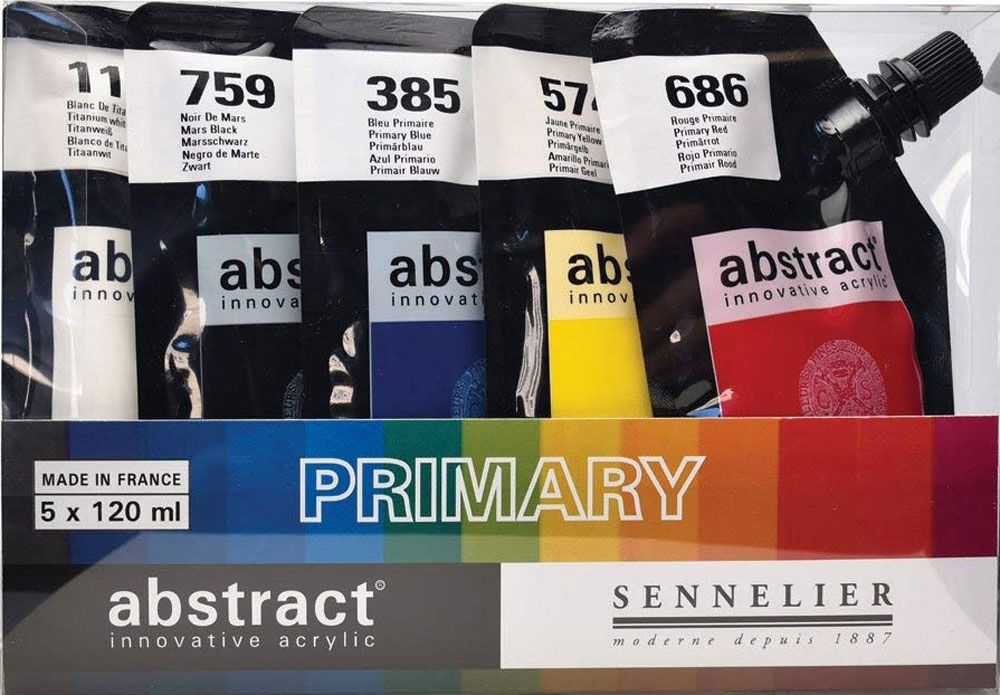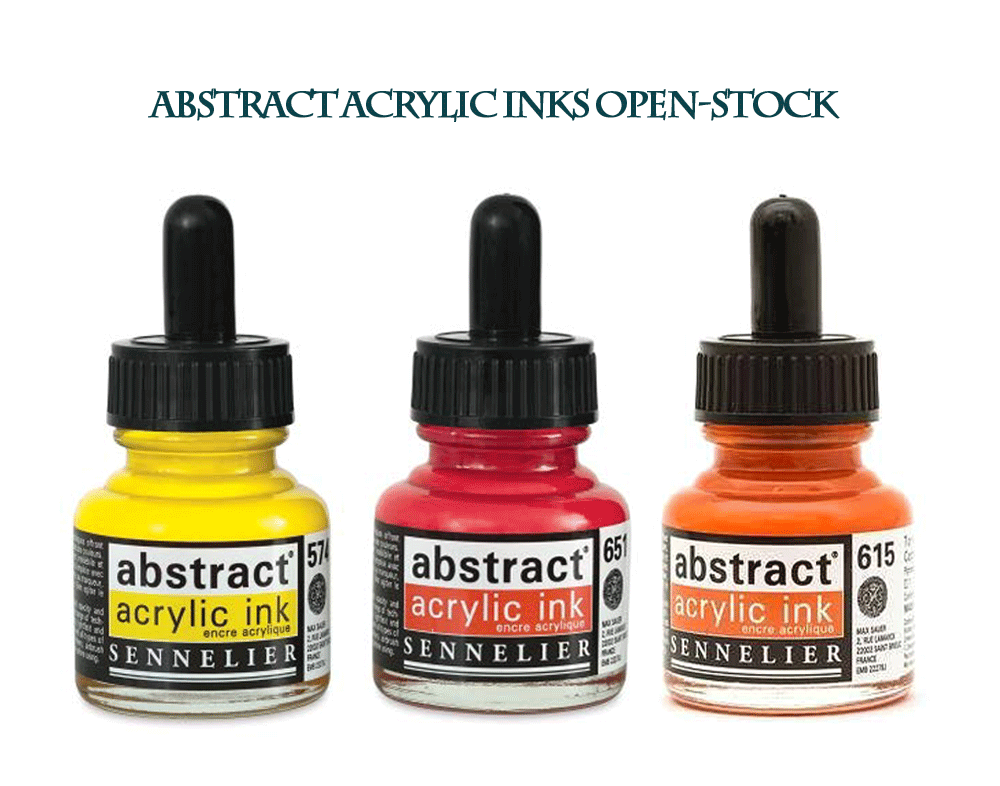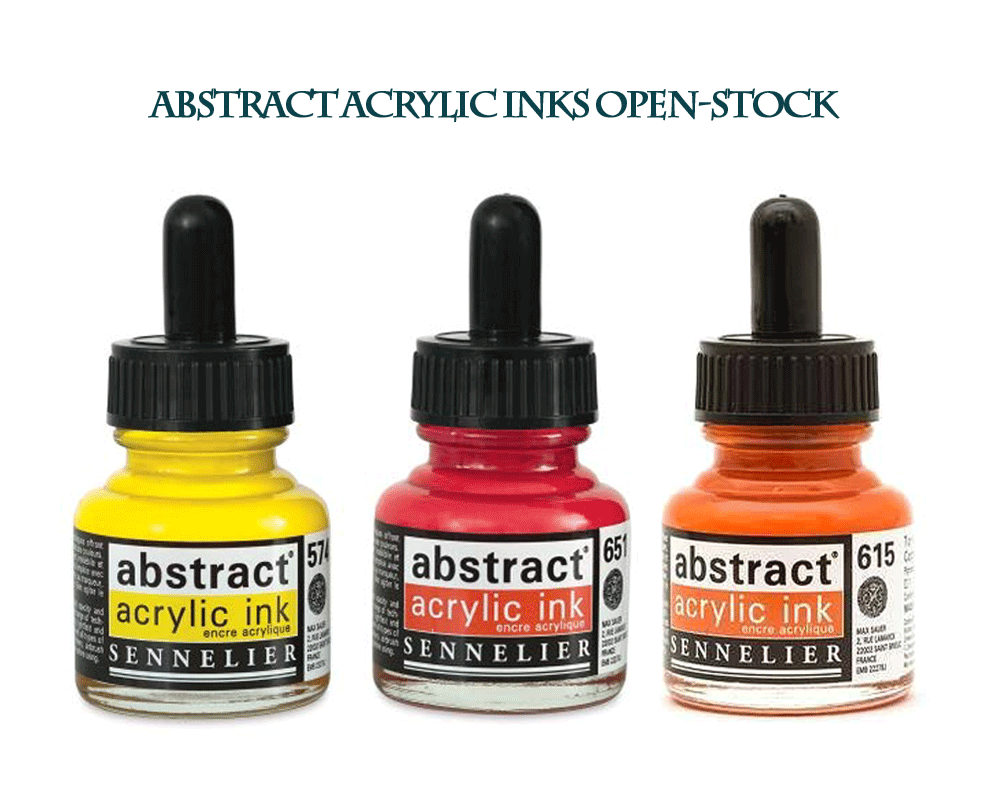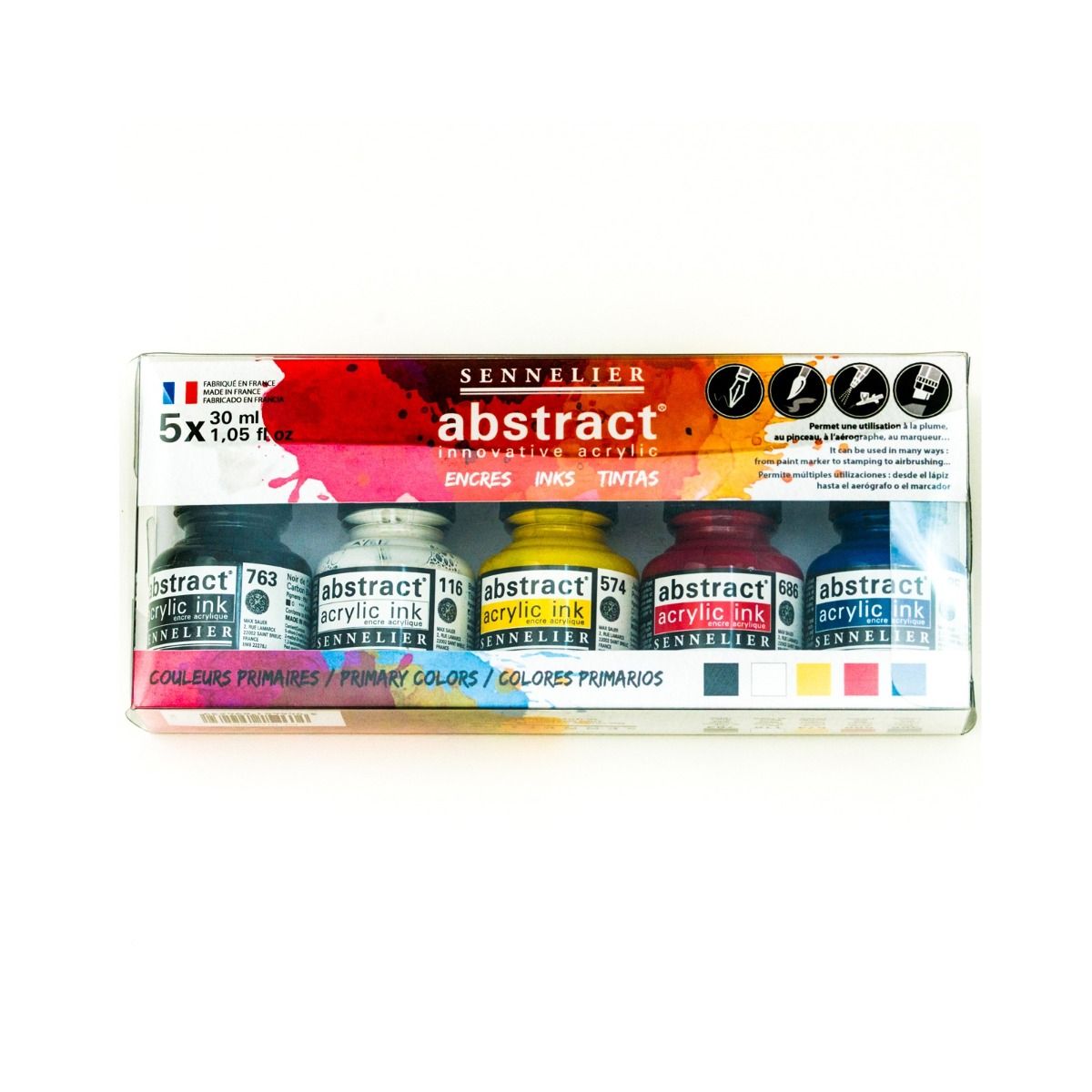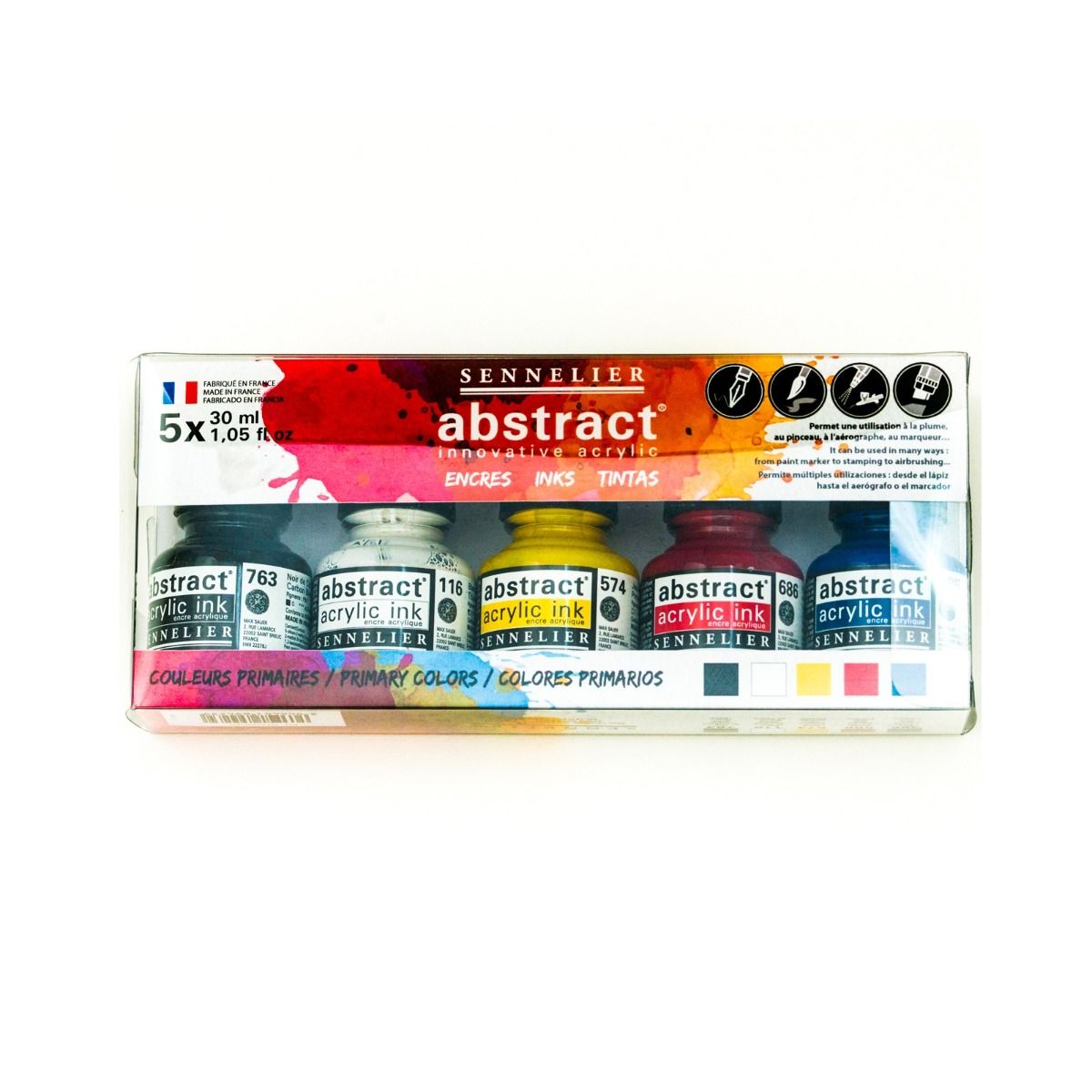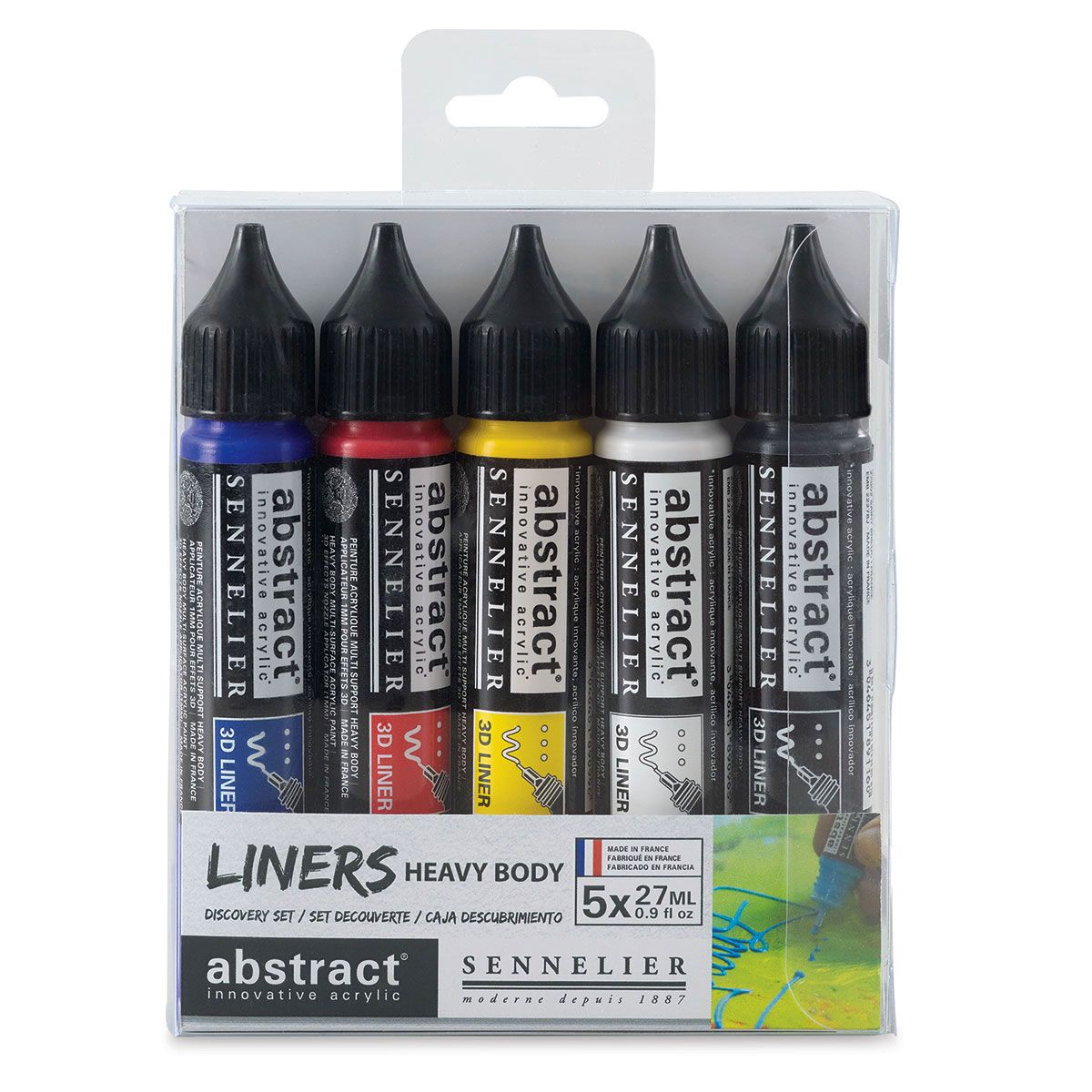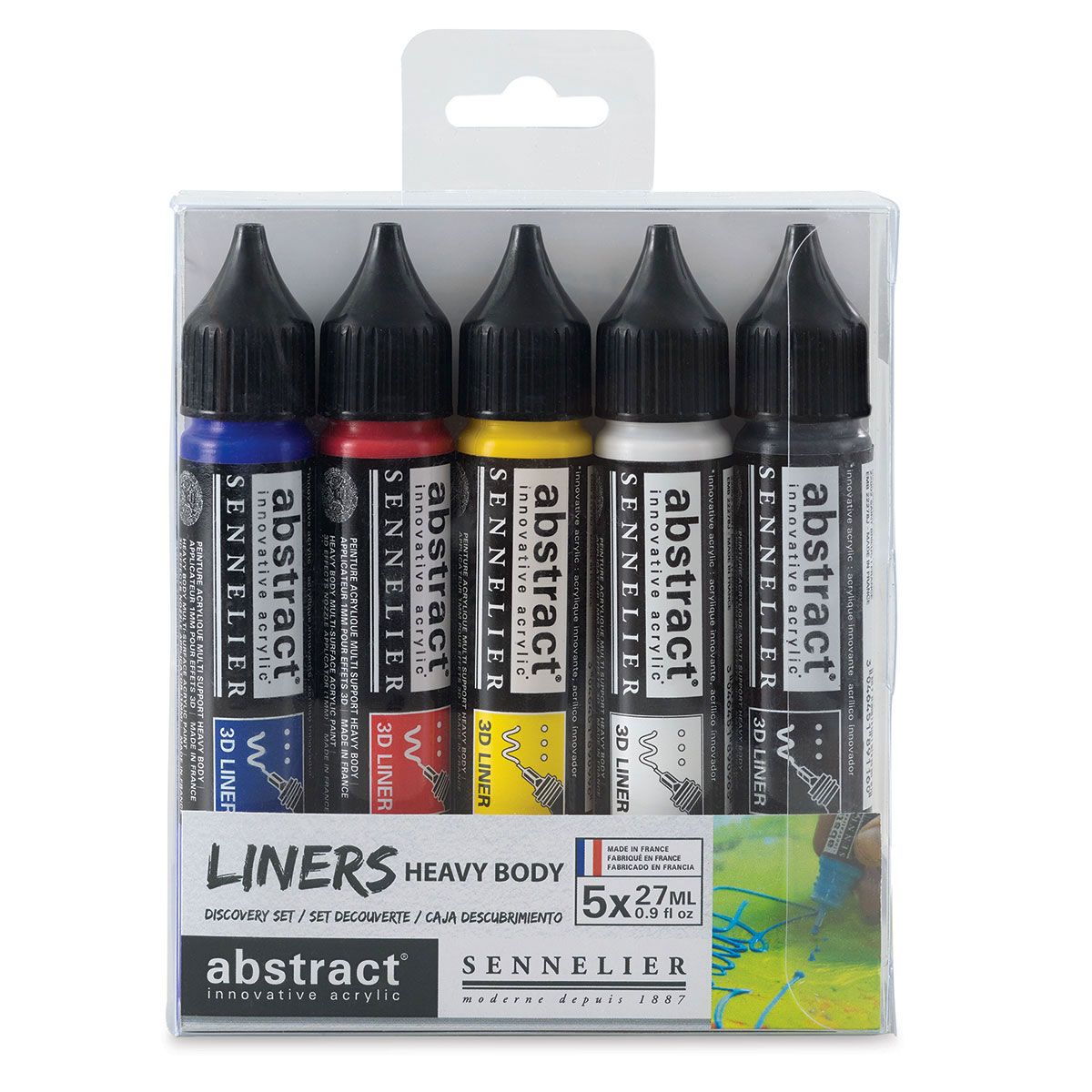Abstract Acrylic Pouch - Satin 705 Warm Grey 120ml
Grays can bring the perfect amount of warmth to your subject or shadows. In contrast, cool gray colours can be applied to provide a cool-down effect on the opposite side of the object or shadows, corroborating depth and intensity to a painting.
Composition and Permanence:
- Pigment Name: PY42-Yellow Ochre; PBk7-Lamp Black; PR101-Red Iron Oxide; PW6-Titanium White
- Pigment Type: Inorganic
- Lightfastness: I
- Opacity: Opaque
- Conforms to ASTM D5098-03
- Warning: No significant acute hazards
ONE THAT COMES IN A PACKAGING THAT IS INNOVATIVE, ELEGANT, HANDY AND FEELS RIGHT.
Warm Grays temperatures are convivial and sophisticated neutral colours with beige, brown or taupe undertones. On the opposite spectrum, cool grays have more of a blueish undertone. Warm grays are mixtures of warm and cool tones to be relatively warmer and generally more inviting.
Grays can bring the perfect amount of warmth to your subject or shadows. In contrast, cool gray colours can be applied to provide a cool-down effect on the opposite side of the object or shadows, corroborating depth and intensity to a painting.
Composition and Permanence
Pigment Combination: PY42-Yellow Ochre; PBk7-Lamp Black; PR101-Red Iron Oxide; PW6-Titanium White
1 PIGMENT NAME: PY42-YELLOW OCHRE
Pigment Type:
Chemical Name: iron (III)-oxide, hydrated
Properties
Yellow Ochre provides artists with earth tones from cream to brown. It has good hiding power, produces quick-drying paint, and is safely mixed with other pigments. Its transparency varies widely from opaque shades to more transparent ones, which are valued for their use as glazes. If gypsum is present, Yellow Ochre is not suitable for frescoing. (See Brown Ochre, PY43.) PY42 is made from synthetic iron oxides. PY43 is made from natural iron oxide.
Permanence
Yellow Ochre has excellent permanence because ochres are the most permanent pigments available.
Toxicity
Yellow Ochre is non-toxic unless it contains manganese.
History
Ochre comes from the Greek word ochros, meaning pale yellow. It was one of the first pigments to be used by human beings, and evidence of its use has been found at 300,000-year-old sites in France and former Czechoslovakia.
2 Pigment Name: PBk7-Lamp Black
Pigment Type: Inorganic
Chemical Name: Carbon
Properties
Lampblack is a very opaque, heavily staining black pigment that does not have much covering or tinting power. It is typically the opaquest black in watercolour form. Though a very pure black, it tends to muddy slightly in mixtures. Natural sources may be brownish or bluish in tone because of impurities. When used in oil paints, it is one of the slowest drying pigments and should not be used in underpainting or applied in layers underneath other colours.
Permanence
Lamp Black is very lightfast and permanent. It is used in all techniques in permanent painting.
Toxicity
Carbon itself is not considered hazardous; however, other dangerous combustion products are often present as impurities when Lamp Black is produced from natural materials. For this reason, commercial preparations of the pigment should be considered.
History
Lamp Black is a carbon-based black traditionally produced by collecting soot (known as lampblack) from oil lamps. It has been used as a pigment since prehistoric times. It is the black found in Egyptian murals and tomb decorations and was the most popular black for fresco painting until the development of Mars Black.
3 Pigment Name: PR101-Red Iron Oxide
Pigment Type: Earth, synthetic
Chemical Name: Iron oxides (synthetic), iron oxide, silica, alumina, lime, and magnesia or hydrated iron oxide
Properties
Red iron oxide varies in hue and transparency, depending on hydration and slight impurities. Indian Red is a slightly duller, deep brick hue with a bluish undertone. It is very dense and opaque, with excellent tinting strength and covering power. It is dependable when mixing with all other permanent pigments and yields good flesh tints when mixed with Zinc White. It is the synthetic version of PR102, a pigment made from earth reds or natural red iron oxides, and the names applied to PR101 and PR102 often overlap.
The synthetic red iron oxides have mostly replaced natural red iron oxides and are brighter, more robust, refined, and permanent. Indian Red is the highest grade bluish shade. Light Red, English Red, and Venetian Red are yellowish shades. Mars Violet is a dull and subdued bluish or purplish oxide.
Permanence
Red iron oxide is very lightfast with excellent permanence.
Toxicity
Red iron oxide has no significant hazards.
History
Natural red iron oxide comes from the mineral ore hematite, called bloodstone by the ancient Greeks from the word hema, meaning blood. It is one of the oldest pigments, has been used by every major civilization, and was an essential mineral for medieval alchemists. It was not widely used in artists' materials until the 17th century and was not produced in large quantities until the 18th century.
4 Pigment Name: PW6-Titanium White
Pigment Type: Inorganic
Chemical Name: Titanium dioxide
Properties
Titanium White is the most brilliant of the white pigments. It is considered an all-purpose oil colour useful in all techniques and the best all-around white. Its masstone is neither warm nor cool, placing it somewhere between Lead White and Zinc White. It is less prone to cracking and yellowing than Lead White, but it still yellows easily. Titanium White dries slowly in oil form, more slowly than Lead White but more quickly than Zinc White. It is opaque in oil and acrylic forms and semi-opaque in watercolour form. This pigment has good chemical stability, and its tinting strength is superior to both Lead White and Zinc White.
Permanence
Titanium White has excellent permanence and lightfastness.
Toxicity
Titanium dioxide is highly stable and is regarded as completely non-toxic. Animal studies do not indicate that it is absorbed biologically, even after long periods of exposure. The primary safety concern is with inhalation of fine pigment dust particles.
History
Titanium is the ninth most abundant element in the Earth's crust; however, mineral deposits that are economical to mine are less common. Titanium dioxide was first discovered in 1821, although it could not be mass-produced until 1919. Widespread use of the pigment began in the 1940s. Since that time, it has become the most commonly used white pigment. The name comes from the Latin word Titan, the name for the elder brother of Kronos and the ancestor of the Titans, and the Greek word tito, meaning day or sun.
| Brand | Sennelier |
|---|---|
| Country of Manufacture | France |
| Type of Store Credit value | Select |










